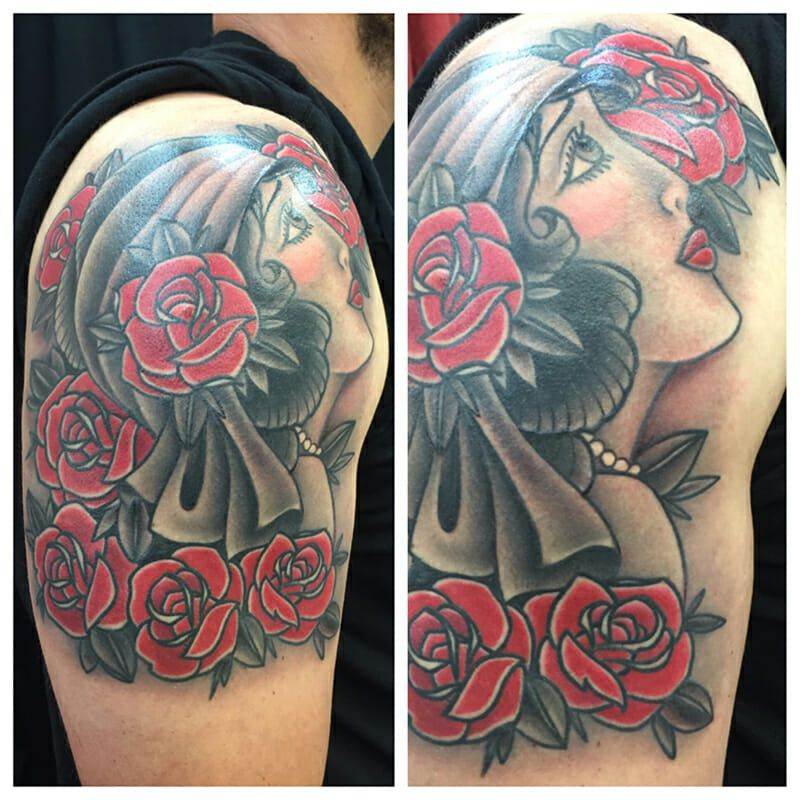Introduction
Tattoos have long been a form of self-expression, art, and personal storytelling. In recent years, the debate between black and gray tattoos versus color tattoos has gained momentum. Each style offers unique qualities, appealing to different tastes and preferences among enthusiasts. Tattoo lovers often find themselves at a crossroads, considering various factors before deciding on their preferred style. Understanding these differences is essential for making an informed choice. This article will not only explore the intricacies of black and gray versus color tattoos but also address key considerations such as longevity, pain level, versatility, price, popularity, maintenance, and how skin tone may affect the final outcome. By breaking down these elements, individuals can better appreciate the nuances of each tattoo style, ensuring that their ultimate choice aligns with their desires and expectations. Let’s dive deeper into the world of black and gray tattoos and see what they encompass!
Black and Gray Tattoos
Black and gray tattoos have emerged as a timeless classic in the tattoo community. This technique relies heavily on shading, using varying shades of black and gray to create depth and dimension. Artists often utilize black ink, with gray tones achieved through dilution or layering techniques. The result is often a striking, realistic appearance that’s rich in detail.
Definition and Technique
Black and gray tattoos are characterized by their monochromatic nature. The ability of the artist to manipulate ink saturation and shading gives each piece a unique, profound impact. Unlike traditional color tattoos, which may rely on vibrant hues, black and gray art often emphasizes shadows and highlights to craft striking visuals and intricate narratives.
Pros and Cons
Pros:
- Timeless Appeal: The lack of color often ensures longevity in aesthetic appeal.
- Detailed Work: This style allows for intricate shading and fine line work, making it ideal for portraits or landscapes.
Cons:
- Fading: While they age well, black and gray tattoos can lose definition over time.
- Limited Expression: Some may find the monochromatic palette less expressive than vibrant color tattoos.
In summary, black and gray tattoos offer a unique blend of elegance and craftsmanship, making them a popular choice for those who appreciate subtle artistry.
Color Tattoos
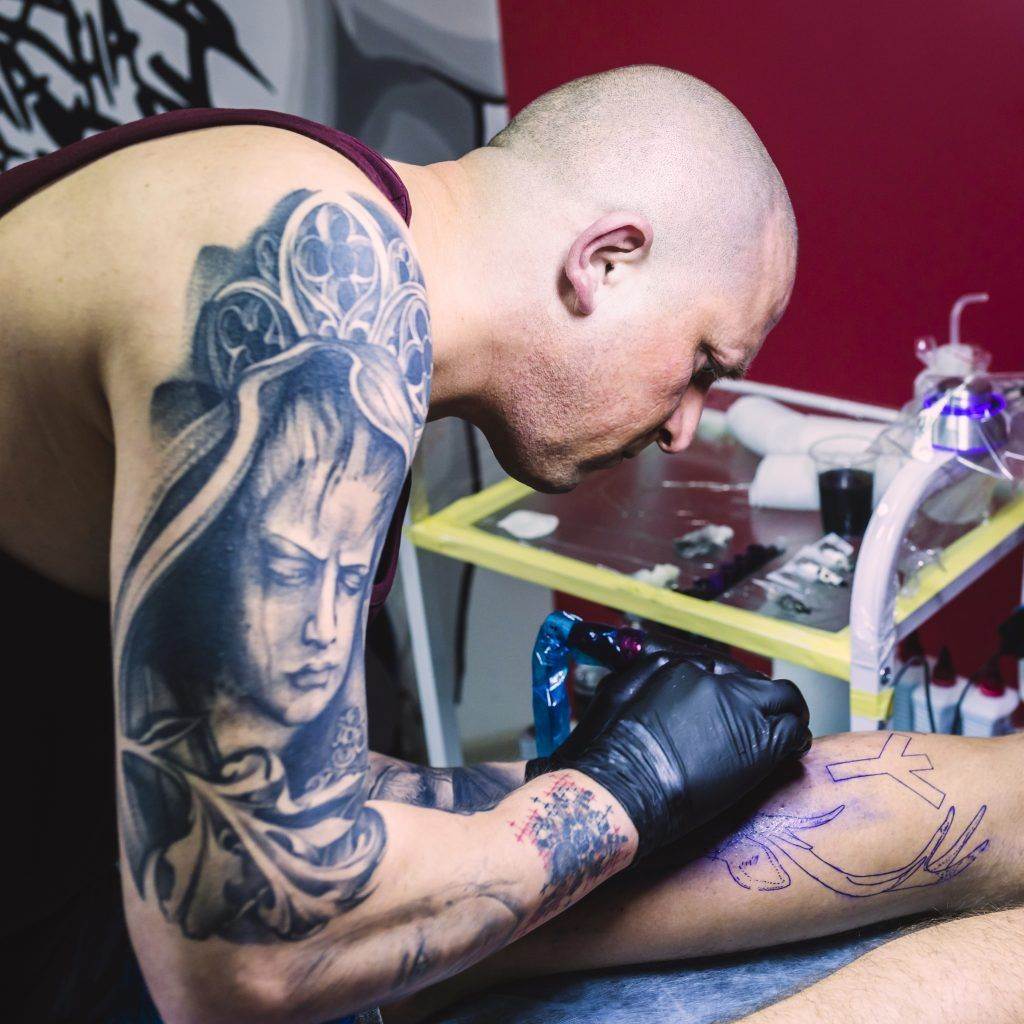
Color tattoos present a vibrant alternative to their black and gray counterparts, capturing attention with their vivid hues and dynamic designs. This style invites a broader spectrum of creativity, allowing artists to explore a variety of color palettes and techniques that can truly bring their visions to life.
Definition and Technique
Color tattoos utilize multiple shades of ink to create bright, eye-catching images that can range from surreal to hyper-realistic. Techniques may include layering colors, blending, and even color blocking, making it a versatile option for various styles of art such as traditional, neo-traditional, and illustrative designs.
Pros and Cons
Pros:
- Vibrant Aesthetics: The use of multiple colors enhances visual appeal and storytelling within a piece.
- Personal Expression: Color tattoos often express individuality, making them a popular choice for those looking to showcase their personality.
Cons:
- Fading Potential: Bright colors can fade more quickly than black ink, especially when exposed to sunlight.
- Higher Cost: The use of multiple ink colors generally leads to longer sessions, potentially increasing the overall price of the tattoo.
In conclusion, color tattoos offer an exciting and expressive way to capture personal meaning and aesthetics, making them a favorite among many enthusiasts.
Longevity
When considering a tattoo, one of the most significant factors to evaluate is longevity. The durability of a tattoo is influenced by various elements, including the ink, technique, and care taken during the healing process. Understanding the longevity of both black and gray and color tattoos can help individuals make informed decisions before committing to their artwork.
Black and Gray Tattoos Longevity
Black and gray tattoos tend to age gracefully. The dense pigmentation of black ink often retains its vibrancy over time, leading to well-defined designs. However, fading can occur, especially if proper aftercare isn’t followed.
- Pros:
- Generally retain detail well
- Less frequent touch-ups required
- Cons:
- Fading can lead to loss of definition in fine lines
Color Tattoos Longevity
Color tattoos, while vibrant and eye-catching, may not hold their brilliance as long. Ongoing sun exposure and skin elasticity can contribute to fading.
- Pros:
- Initially striking and vivid
- Wide range of colors allows for more artistic expression
- Cons:
- Colors may fade, necessitating touch-ups
- Bright colors can be more susceptible to environmental factors
In summary, understanding the longevity of different tattoo styles empowers individuals to take the necessary steps in care and upkeep, ensuring that their body art remains as striking as the day it was inked.
Pain Level
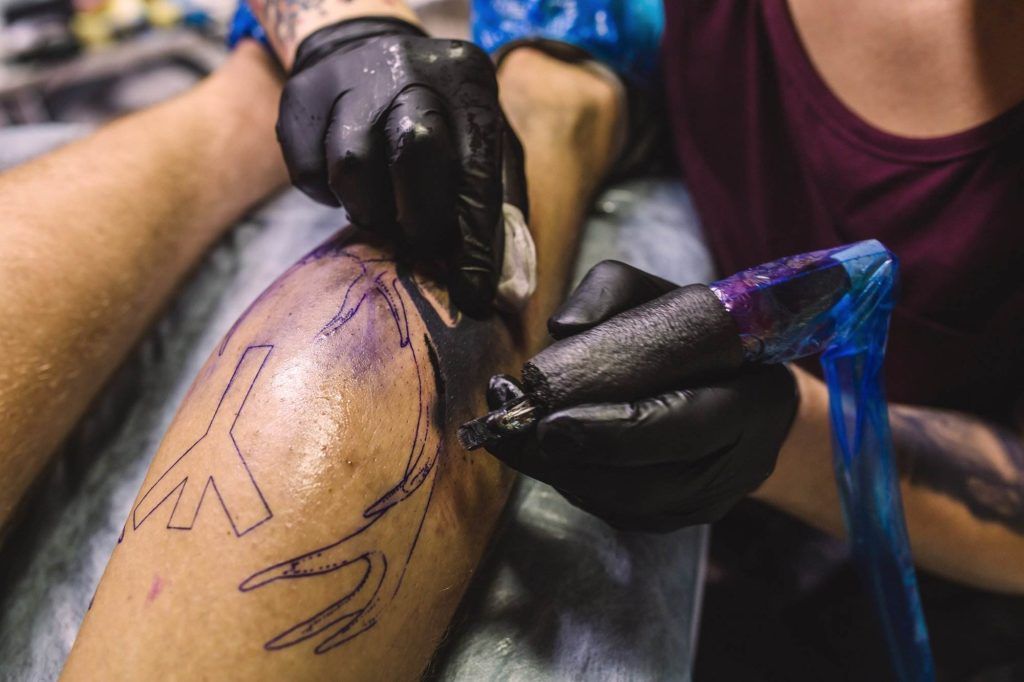
When contemplating a tattoo, the pain level is an essential consideration for many individuals. Whether opting for black and gray or color tattoos, it’s crucial to understand how pain can vary based on tattoo location, size, and the specific techniques used by the artist.
Pain Factors for Black and Gray Tattoos
Black and gray tattoos often involve intricate shading, which can cause a variety of sensations during the inking process.
- Shading and Detailing: Areas that require heavy shading may produce a throbbing sensation, while fine lines can feel sharper.
- Skin Sensitivity: In areas with thinner skin, such as the ribs or hands, the pain may be more intense.
Pain Factors for Color Tattoos
Color tattoos bring their own set of pain considerations. The multiple layers of ink and the potential need for extensive blending can amplify discomfort.
- Multiple Passes: Color applications may require the artist to go over the same area multiple times, potentially increasing pain levels.
- Location Sensitivity: Similar to black and gray, sensitive areas such as the inner arms or feet may be particularly painful.
In conclusion, while the pain of getting a tattoo can vary widely based on numerous factors, being informed can help individuals mentally prepare for the experience, making the process more manageable.
Versatility
Versatility is a key factor that many individuals consider when choosing between black and gray tattoos and color tattoos. Each style offers different artistic opportunities, allowing personal expression in various forms. Understanding their versatility can help one make a more informed decision about which style aligns with their vision.
Versatility of Black and Gray Tattoos
Black and gray tattoos are renowned for their adaptability across various themes and motifs. They can seamlessly blend with multiple styles, making them ideal for intricate designs, realism, and even neo-traditional art.
- Themes: Great for portraits, nature scenes, and mythical creatures.
- Layering Techniques: Shading techniques can create depth, enhancing storytelling within the artwork.
Versatility of Color Tattoos
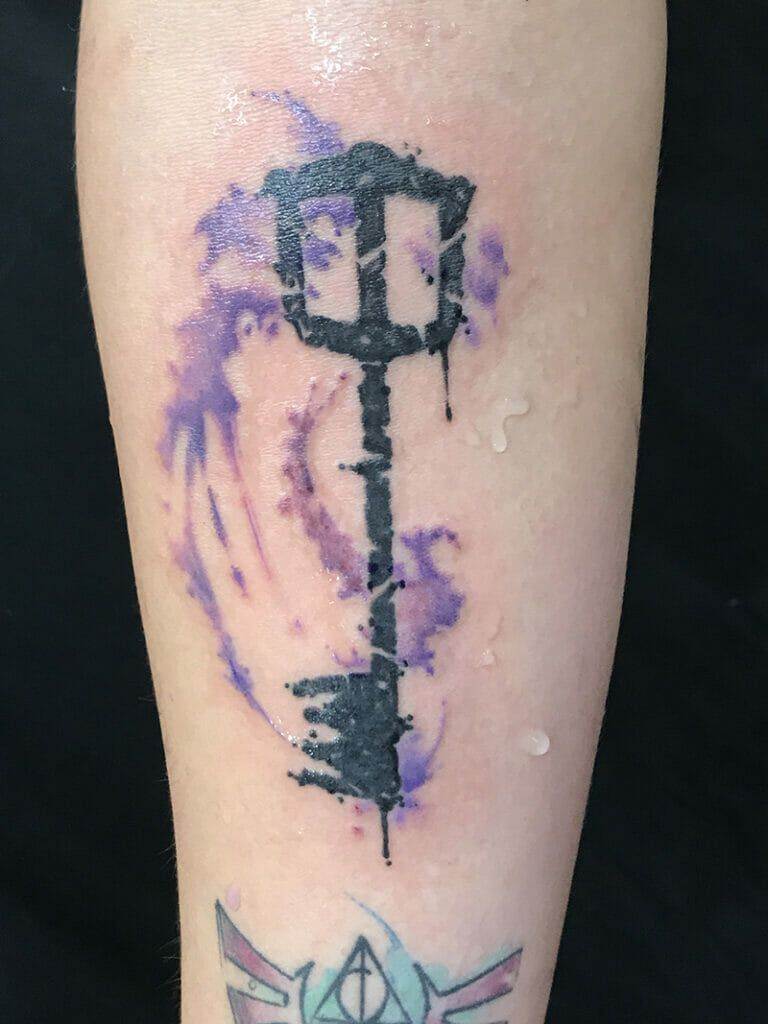
Color tattoos truly shine when it comes to bold, dynamic designs. Their ability to incorporate an extensive range of colors allows for endless customization to match personal tastes or themes.
- Creative Freedom: Perfect for whimsical, cartoonish, or floral designs that thrive on vibrant hues.
- Complementing Skin Tones: Collected shades can be chosen to enhance individual skin tones, striking a unique visual impact.
In summary, both black and gray and color tattoos offer substantial versatility, catering to a wide array of artistic expressions. Ultimately, the decision lies in one’s vision and personal style preferences.
Price
When diving into the world of tattoos, understanding the price factors associated with both black and gray tattoos and color tattoos is crucial. The cost can significantly influence one’s choice, so it’s essential to evaluate what drives these price differences.
Pricing for Black and Gray Tattoos
Black and gray tattoos typically have a more straightforward pricing structure due to their reliance on a limited color palette. However, costs can vary based on the artist’s skill, design complexity, and size of the tattoo.
- Hourly Rates: Many artists charge by the hour; average rates can range from $100 to $200.
- Complexity Impact: Detailed designs can command higher prices, reflecting the skill required.
Pricing for Color Tattoos
Color tattoos often come with higher price tags, primarily because of the additional materials and time needed to create vibrant, layered designs.
- Increased Time and Supplies: The use of various colors may require longer sessions, making hourly rates potentially higher.
- Higher Initial Investment: Initial consultations or designs may cost more, owing to the need for color evaluations and adjustments.
In conclusion, while both styles come with their own pricing structures, evaluating the value of the artistry and the personal significance of the piece can help guide tattoo enthusiasts toward the best choice for their budget.
Popularity
As tattoo culture continues to evolve, the popularity of different styles becomes increasingly evident. Both black and gray tattoos and color tattoos have carved out their respective places in the hearts of enthusiasts, yet they cater to varied demographics and preferences.
Popularity of Black and Gray Tattoos
Black and gray tattoos have a timeless quality, appealing to those who appreciate subtle elegance and intricate detail. Their enduring popularity can be attributed to several factors:
- Classic Appeal: Frequently associated with realism and portraits, making them ideal for personal tributes.
- Cultural Significance: Often embraced in traditional tattoo styles, such as those found in tribal and gothic art, enhancing their allure.
Popularity of Color Tattoos
Color tattoos, on the other hand, exude vibrancy and are often favored by those seeking to express their creativity boldly. Their rising popularity is linked to:
- Diverse Styles: Suitable for various genres, including neo-traditional, watercolor, and colorful illustrative designs.
- Personal Expression: Color encourages individuality, allowing people to showcase their personalities through playful and striking visuals.
In summary, both black and gray and color tattoos have solid followings. The choice largely depends on personal taste, desired themes, and the statement one wishes to make through their body art.
Maintenance
Once a tattoo is inked, proper maintenance is vital to its longevity and overall appearance. Both black and gray tattoos and color tattoos require different care strategies to thrive and continue looking their best over time.
Maintenance for Black and Gray Tattoos
Black and gray tattoos typically have a simpler maintenance routine due to their monochromatic palette. Here are some key tips for keeping them in top shape:
- Moisturization: Regularly applying fragrance-free lotion helps maintain skin elasticity and prevents fading.
- Sun Protection: Use sunscreen on exposed tattoos to shield against harmful UV rays that can cause distortion.
Maintenance for Color Tattoos
Color tattoos, while stunning, demand a bit more diligence when it comes to maintenance. These tips can help ensure vibrant, long-lasting ink:
- Hydration: Keeping the skin well-hydrated is crucial for preserving the brightness of the colors.
- Routine Touch-Ups: Depending on wear and tear, color tattoos may need periodic touch-ups to restore their original brilliance.
In conclusion, being proactive about tattoo maintenance can significantly influence how a piece ages, ensuring that it remains a beautiful representation of personal expression for years to come.
Skin Tone Considerations
When selecting a tattoo style, skin tone plays a critical role in determining how the finished piece will look. Both black and gray tattoos and color tattoos can yield unique results on different skin shades, making it essential to consider this aspect carefully.
Black and Gray Tattoos on Various Skin Tones
Black and gray tattoos are generally versatile across a wide range of skin tones.
- High Contrast: On lighter skin tones, the deep blacks pop, creating bold definitions and clear lines.
- Subtlety on Darker Tones: On darker skin, the shades of gray can create stunning effects, although intricate details might require more attention from the artist.
Color Tattoos on Various Skin Tones
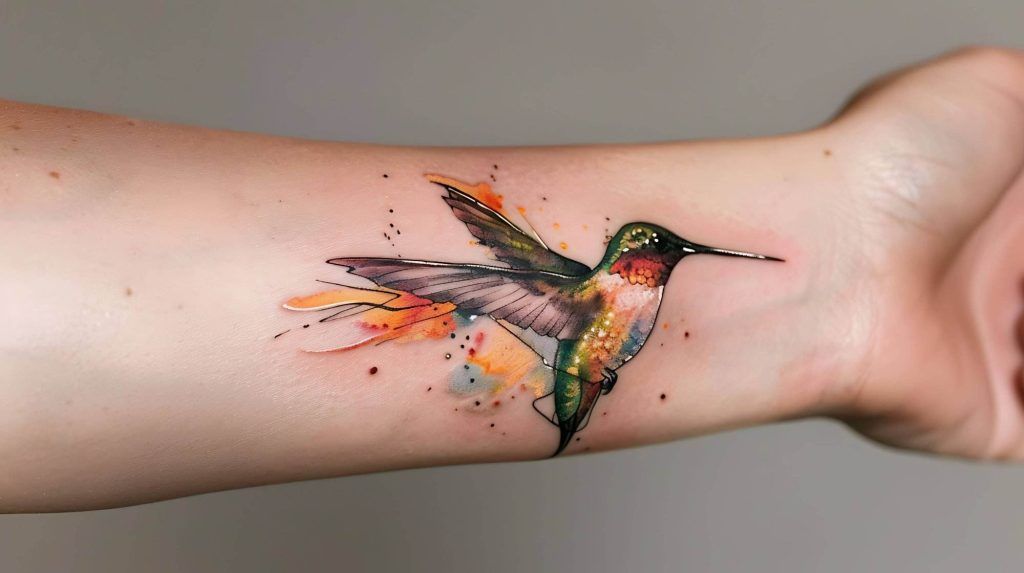
Color tattoos can be especially sensitive to skin tone, potentially influencing how colors appear and fade over time:
- Bright and Vibrant: Lighter skin tones typically allow colors to shine, appearing vivid and animated.
- Adaptation in Darker Tones: Darker skin may absorb certain colors, necessitating strategic color choices to ensure visibility and vibrancy. Bright colors like yellows and whites can stand out well, while others might demand more depth.
In summary, understanding how different tattoo styles interact with various skin tones can help individuals make informed choices, ensuring their body art is both beautiful and fitting. Consulting with a skilled tattoo artist can further refine this process, tailoring designs to individual skin characteristics for optimal results.

